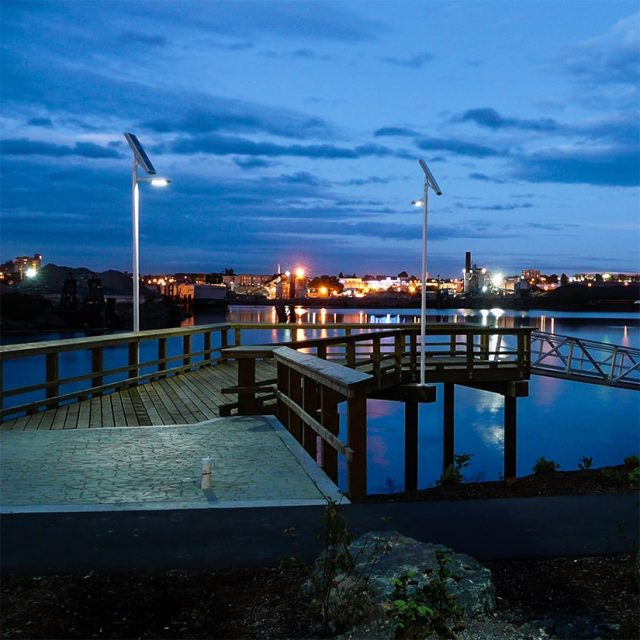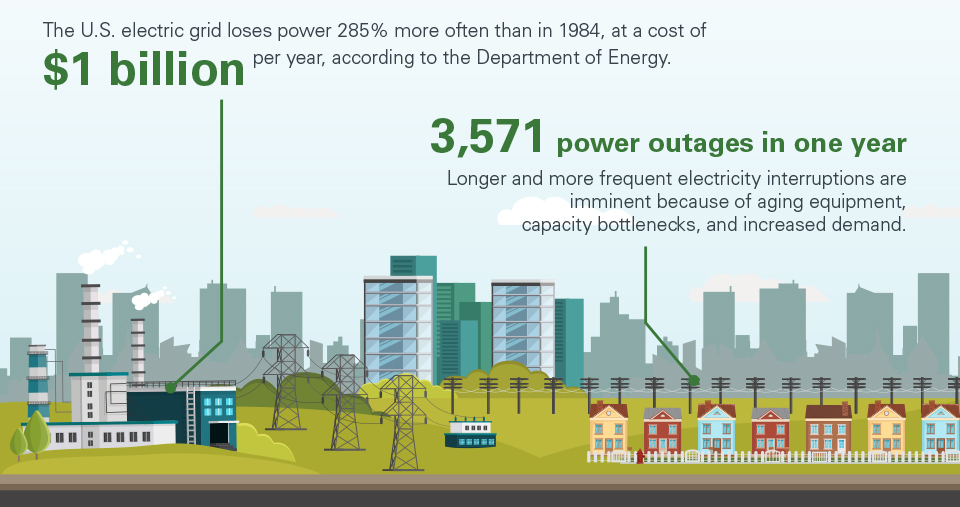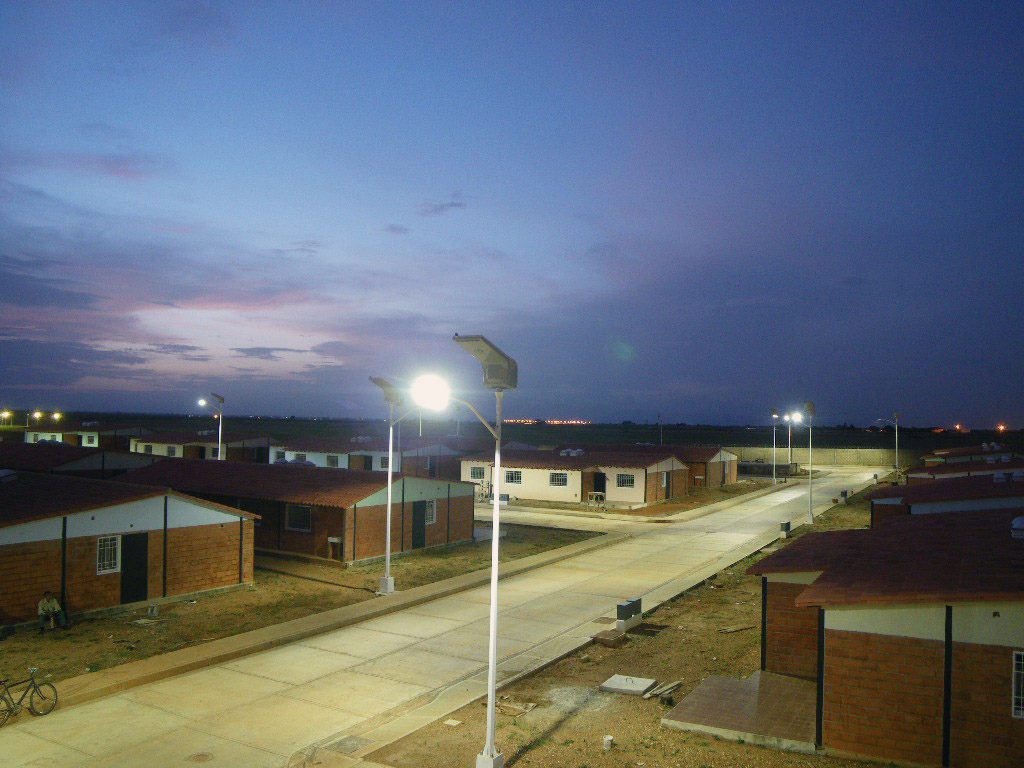
Solar lighting is expensive. It is unreliable. It only works in warm, sunny locations. Despite proven benefits and growing popularity, misinformation abounds when it comes to what solar lighting is, how it works, and who it works best for.
Fortunately, you don’t have to believe everything you hear. Qualified solar lighting professionals—that’s us!—can help you separate fact from fiction in order to make an informed decision for your lighting project. Read on as we address some of the most common solar lighting myths and correct the misinformation that surrounds this sustainable energy source.
This is one we hear a lot. And while there might have been some truth to it a couple of decades ago, it’s simply not the case today. In 2020, system costs for solar lighting and traditional grid-connected lighting are comparable, and if you evaluate the total costs over a system’s lifespan, solar comes out ahead—way ahead.
Why? Because with solar, power is essentially free. Rather than paying your municipality for electrical power—a cost that is rising about 3% every year in the U.S.–you can get it from the sun, gratis! Add the fact that installation requires no trenching and solar systems typically have limited operational and maintenance costs, and you’ve got yourself one cost-effective light.

On the contrary! Solar-powered lighting is far more reliable than traditional, grid-connected lighting, which is increasingly susceptible to blackouts and brownouts (the U.S. electrical grid loses power 285% more often than in 1984, according to the Department of Energy).
By contrast, solar lighting operates autonomously, meaning that if an outage or failure does occur, only a single unit would go dark, not the entire network. This ability to sidestep widespread outages is a clear advantage of solar lighting, bringing a sense of safety and security to all communities that choose it.
We dispelled this one in detail in a previous post, but to recap: Solar lighting works just fine in higher-latitudes where cooler temperatures and cloudy skies are the norm. In fact, they often work even better in cloudy locations because the photovoltaic panels most solar lighting manufacturers use actually prefer lower temperatures.
By conducting a comprehensive site assessment and using a resilient and high-performance product, you can go solar just about anywhere.

While it’s true that one of the advantages of solar is that it works well in remote locations, that doesn’t mean it isn’t also a great option for areas with readily accessible grid power.
Across North America, and around the world, a growing number of municipalities are looking to solar lighting to illuminate roadways, parking lots, industrial areas, and more. There’s a slew of reasons for this, many of which are included in this article! Whether you’re looking to reduce costs, improve reliability, or promote sustainability, solar lighting is a solid option for remote communities and booming metropolises alike.
Ouch! There may have been a time when this was true (when solar lighting fixtures, poles, and mounts were more limited), but modern solar streetlights offer a sleek and unobtrusive design that is at home in virtually any environment.
Furthermore, the LEDs used in solar fixtures like Sol’s aren’t as blindingly bright as they once were. Thanks to advances in LED technology, you can now enjoy warmer-white color temperatures while still meeting required light levels, all without any of the negative health and environmental impacts associated with early LEDs.
—
So there you have it. Now that you know the truth about solar lighting, it’s suddenly looking a whole lot brighter, isn’t it? If you’re ready to take the next step, check out our Build & Price page or drop us a line to see how we can help with your next solar lighting project.
